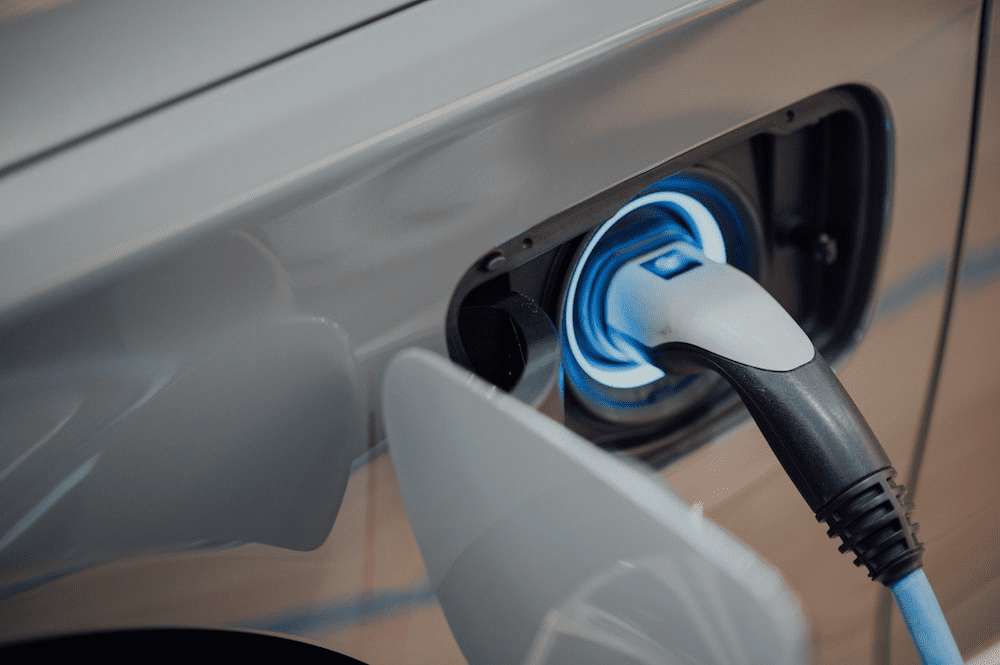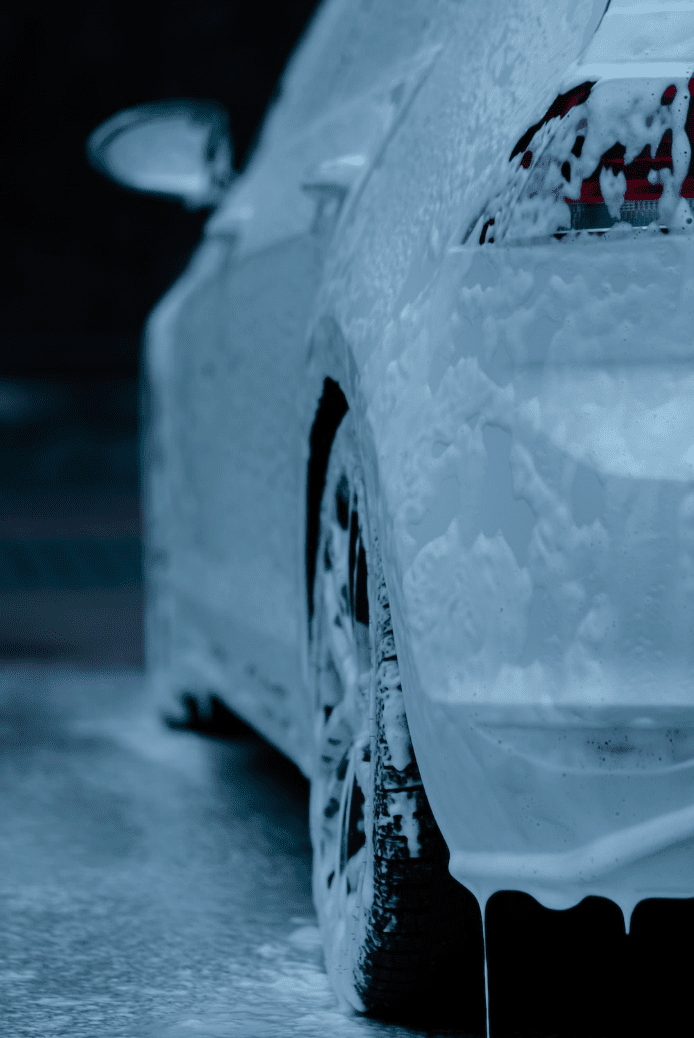No machine is ever maintenance-free, including your low-maintenance, tech-savvy, and seamless electronic vehicle. Keeping your EV in good condition is just as important as for any gas-powered car to enjoy optimal performance and longevity.
While EVs don’t require much to maintain their best condition, you still need to look after their components like any other vehicle. The only difference is that there are fewer components and complications. If you’re a PCO driver, your usage and consumption are higher than other EV drivers, making upkeep crucial for you.
As a leading electric car rental company in London, we have prepared a detailed guide to help you keep your EV in good shape and enhance its performance.
Battery Maintenance is the Key
Batteries are the most expensive and crucial components of an EV, and not maintaining them can affect the overall condition of the car and cost you thousands of pounds in replacement or repairs. For example, replacing a battery pack for the Nissan Leaf will cost you £12,500 or more, depending on the KWH ratings. You don’t necessarily have to replace expensive batteries if you take care of them properly. In fact, lithium-ion batteries are more likely to outlast the other parts of your EV with correct maintenance.

Unlike traditional vehicles with combustion engines, the advanced EV battery chemistry—lithium iron phosphate— has the potential to extend the lifetime of EV batteries to millions of miles.
An electric vehicle battery consists of thousands of lithium-ion cells tied with a thermal cooling system and other electronics. It’s sealed for safety reasons, so make sure you opt for professional maintenance. However, here are a few things you can do for battery maintenance:
Minimise Exposure to Extreme Temperatures When Parked
If you park your car in an extremely hot or cold area, you’re putting a strain on its batteries. EVs have an automated temperature control system that consumes battery power to optimise the temperature inside the car. Exposing your car to extreme temperatures when parked will needlessly drain your charge. You can plug it into a charger or park it in the shade to avoid doing this.
Avoid Using Rapid Chargers Too Often
Using fast or rapid chargers is great if you’re running late, but don’t make it a habit. These chargers put a lot of current into the battery in a short interval which can diminish their longevity. For example, ten years of standard charging will provide more battery life than ten years of fast charging.
Don’t Over- or Under-Charge Your EV
Leaving your car on charging for long hours, even when it’s fully charged, can put a strain on its batteries. Similarly, parking your uncharged EV for long hours harms the battery’s health. If you want to increase the lifespan of your battery, charge it before it drops to 20% and unplug the charger once the battery reaches 80%. Although a 100% battery charge will give more operating time, it’s not good for the overall lifespan.
Read More: How to Improve Your Electric Vehicle Mileage
Don’t Forget the Second Battery
Besides the lithium-ion battery, there’s another battery that fuels electronics like door locks, lights, etc. It’s a 12-volt lead-acid battery (the same as those in regular petrol cars) and requires periodic inspection and maintenance. If this battery stops working, you won’t be able to access your car doors. Also, running these low-energy electronics on your 300V+ lithium-ion battery is costly and inefficient. Make sure you take care of both batteries in your EV to keep the car in the best condition.

Tyre Upkeep
Electric vehicles have tyres, rotors, struts, shocks, boots, and driveshafts that require maintenance, rotation, inspection, or even replacement. While maintaining tyre pressure is important for any car, it’s even more crucial for EVs.
The instant torque of electric cars increases the chances of tyres spinning on slippery roads. In addition, EVs are generally heavier than fuel-powered cars. Due to this, it’s more difficult to control a sliding electric vehicle than a gas-powered one. Make sure you perform proper tyre maintenance by following these steps:
- Check the tyre pressure daily before getting in the car and fill it as needed
- Scan your tyres thoroughly for any tears or tread wear, do this once a month
- Install snow tyres during winter (if applicable)
- Have the tyres rotated every six months (or after every 5,000 or 10,000 miles)
Your car’s manual will also mention the rotation routine for tyres and pressure-filling instructions.
Proper Wheel Alignment Service
If you notice your car shaking violently at high speed or pulling to either side, it could be because of wheel misalignment. Getting periodic wheel alignment service will not only offer safe driving conditions but also improve your EV’s mile range, reduce tyre tread wear and ultimately increase the lifespan of your tyres.
Wheel balance service or tyre alignment adjusts the wheel’s angles according to the manufacturer’s specifications. Over years of usage, the wheels deviate from their actual position and don’t match their original specifications, causing many problems.
You can get this service every 15,000 miles to prevent premature tearing and save on replacement costs.
Motor Maintenance
EVs have an electric motor instead of the traditional combustion engine. Electric motors are low-maintenance and have fewer parts to deal with, eliminating the basic maintenance steps like oil change, fuel filter replacement, etc. This makes maintenance much easier, but it doesn’t mean you should avoid it altogether. To keep your PCO electric car in pristine condition, from inside and out, you have to take care of its motor. Hire a mechanic who has experience with electric motors and get them serviced every now and then.
Underbody Wash
Car washes are essential for the upkeep of any vehicle, including electric cars. Exposure to oil, chemicals, road salt, and other environmental elements causes rust and damages the undercarriage of an EV. Rust and oxidation can be detrimental to your electric car’s condition. Regular underbody washes will clean your electric car in North London and prevent rust formation and early-onset oxidation.

Brake Maintenance
Despite Elon Musk’s claims that the brake pads on a Tesla don’t need a replacement ever, you need to replace them every once in a while. Even the manufacturer’s specifications of the Tesla Model 3 recommend brake pad replacement.
The regenerative braking feature in electric cars helps keep the brake pads in good working condition for a long time. However, when you drive your EV for long hours every day, the brake pads wear out and need replacement. Their replacement is less frequent than a traditional vehicle. Besides brake pads, other components like brake drums, fluid, hoses, and linings will need periodic inspection.
Another essential step to preserving your brakes and the battery is to avoid driving at high speeds. Electric vehicles are smooth with a quiet engine, it’s easy to go overboard and speed your car, but you shouldn’t. Driving at a lower speed will prevent you from harsher braking, which is the biggest cause of brakes and battery deterioration. Pre-planning your route also helps you maintain a consistent and moderate speed throughout the journey.
Recommended Read: Types of Electric Vehicle Chargers

Fluid Replacement
Although EVs don’t use oil or fuel fluids, they have other fluids like windshield washer, brake fluids, and coolants that needs replacement. The windshield washer fluid is easily accessible; keep it topped up. For brake and coolant fluid replacement, refer to your EV’s manual.
Software and Firmware Upgrades
Keeping your car’s electronics updated is crucial for enhanced efficiency. Software and firmware upgrades add new features to your car, increases its electronic security, and optimise the overall performance. Software updates depend on your EV’s manufacturer. Some offer over-the-air updates you can get by connecting to Wi-Fi, while others require a visit to the dealership.
EV Maintenance Checklist
Here’s a general checklist to help you keep up with your electric car maintenance. This checklist can vary depending on your car’s model and manufacturer.
Every Month
- Check tyre pressure and inspect wear and tear
- Check exterior and interior lights
- Look for loose wheel lugs
- Check coolant level
- Check the windshield washer fluid level
After Six Months
- Inspect wear on door weatherstrips
- Inspect parking brake
- Check safety belts and safety warning lights
- Inspect door drain holes and body for obstructions
- Flush corrosive materials from the underbody by using plain water
- Lubricate latches, hinges, and locks
After 10,000 Miles
- Change the climate control filter
- Check brake pads, drums, linings, rotors and hoses
- Check parking brake
- Inspect 12-V battery, fluids, lights, suspension, tyres, steering, windshields, horn, half-shaft dust boots, wipers, and washer spray
- Rotate tyres
After 15,000–20,000 miles
- Change windshield wiper blades
- Replace the cabin air filter
Every Three Years
- Replace coolant
- Replace brake fluid
After 100,000+ Miles
- Replace air conditioning desiccant
- Replace transmission fluid

If maintaining an electric car seems overwhelming, you can rent an electric car from us. At G&M Direct Hire, we take care of the maintenance and other additional expenses for all our fleet to help PCO drivers maximise their earnings. Our rental electric cars in South London include Kia e-Niro, Nissan Leaf, MG5, Volkswagen ID3, etc. You can also rent hybrid cars like Toyota Prius. For more queries and details, feel free to reach out to us.